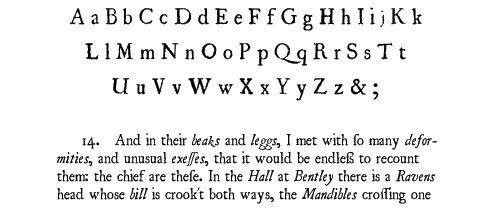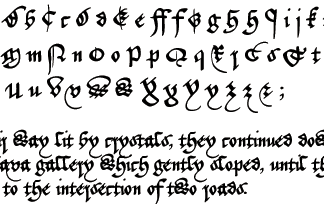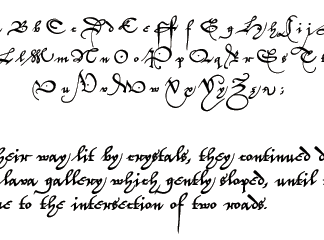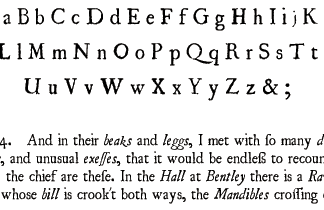Description
Historical note:
The advent of the printing press saw the early type designers, typified by Guttenberg and Caxton, striving to reproduce the contemporaneous written styles, which, in the early fifteenth century were based on various forms of text hand. The Humanists of the Italian Renaissance wanted a ‘new’ writing style and they found inspiration in the the old tenth century Carolingian hand, through its clean and elegant form. In deference to its roots it was known as Littera Antiqua, and, coupled both with a cursive, forward slanted variant known as Italic, and Roman square capitals, it became the de facto style across Europe, by the beginning of the sixteenth century (although notably not in the Germanic countries where text hand remained the standard). Inevitably, the printers embraced this new writing style as the standard and most legible typeface. Such was its success, that there really is very little difference between this and the ‘roman’ typestyles of today
The 17C Print OT fonts were taken from a book published in 1686; they were designed to incorporate not only the imperfections but also the art of seventeenth century printing, including many glyph variants based on optical size, ligature, alphabet and typestyle.






